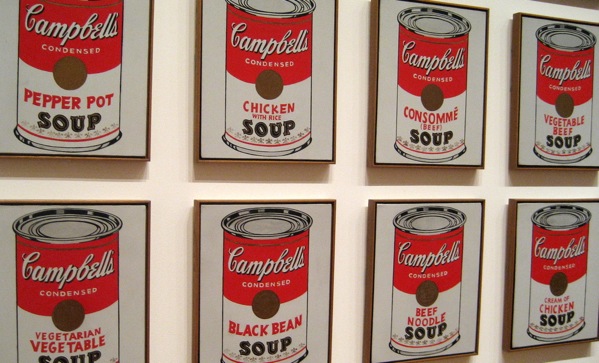Last week, Christie’s announced that 2010 had been a good year for them. Very, very good: The British auction house sold nearly $4.3 billion worth of art. Economic turmoil, it seems, hasn’t touched the art market. Some might even speculate that it’s had the reverse effect: With the markets proving grossly unreliable, perhaps investors are looking to less conventional places. But is art actually a good investment? We consulted with Manny Neubacher and Anya Shor of The Art Stylists to debunk some common myths.
Myth: Unlike, say, stocks, where you can analyze a company’s financial information, there’s no reliable way to make predictions about art.
Fact: Art consultants, like Neubacher and Shor, know the market, and have a keenly trained eye to spot talent. Are they infallible? Nope. But then, is your financial planner?
Myth: Investing in art is a sport of the wealthy.
Fact: Blue chip artists are a safer bet, but not necessarily a better investment. As with stocks, the real gains can be made with rising stars that you catch early. Redirect your iPad funds into an original work of art, and you’ll have entered the game.
Myth: Art can’t compete with real investment products.
Fact: According to the Mei Moses Fine Art Index, from 1956 to 2006, the S&P 500 averaged an annual return of 10.9 percent; fine art returned 10.5 percent.
Myth: You don’t get art.
Fact: If you like the way it looks, you get it. Besides, it’s due time to ditch the Pink Floyd poster.
Image courtesy of wallyg.



Comparing art with stocks is ‘not getting it’. Stocks are claims on productive assets and their value is derived from their output. The value of art is derived from people liking it. And people who like (and buy) art tend to be a very specific segment of society: the wealthy. Buying cheap art is very unlikely to produce the 10.5% annualized yield (before insurance costs) that Mei Moses is publicizing because they follow art that is exchanged at Sotheby’s and Christie’s auctions. Art, assuming there will be an infinitely sustained demand for it, only economically serves the wealthiest segment of society as an inflation protection. It allows them to store value in an asset that will be later exchangeable for other luxury goods much better than would TIPS, for example. That’s because the consumption basket of the wealthy is far from being represented by the CPI basket, so art is a much better storage of value than will be any security issued by the US government.
Check out the artist project tomorrow http://su.pr/6c3cDI